Were left by predatory animals the fish evolved limbs for land movement
Home » Query » Were left by predatory animals the fish evolved limbs for land movementYour Were left by predatory animals the fish evolved limbs for land movement images are available in this site. Were left by predatory animals the fish evolved limbs for land movement are a topic that is being searched for and liked by netizens today. You can Get the Were left by predatory animals the fish evolved limbs for land movement files here. Get all royalty-free vectors.
If you’re searching for were left by predatory animals the fish evolved limbs for land movement images information related to the were left by predatory animals the fish evolved limbs for land movement keyword, you have visit the ideal site. Our site always provides you with hints for refferencing the maximum quality video and picture content, please kindly surf and locate more informative video content and graphics that match your interests.
Were Left By Predatory Animals The Fish Evolved Limbs For Land Movement. AThe fish were left by predatory animals. Its fish-like tail fin would have been damaged by dragging on the. The fish were left by predatory animals. They were aquatic and had scales and fleshy fins.
 Movement Of Animals 1 From slideshare.net
Movement Of Animals 1 From slideshare.net
How fish evolved into four-legged land animals. This evidence best supports which of the following scientific ideas. As the name implies these animals have meaty paddle-like fins instead of the flimsy rays of most modern day fish species. True The extinction left the reef system so devastated that major reef-building did not recover until the Mesozoic era. So when the first animals moved onto land they had to trade their fins for limbs and their gills for lungs the better to adapt to their new terrestrial environment. Early ideas posited that drying-up-pools of water stranded fish on land and that being out of water provided the selective pressure to evolve more limb-like appendages to walk back to water.
So when the first animals moved onto land they had to trade their fins for limbs and their gills for lungs the better to adapt to their new terrestrial environment.
Typical limb of the mammals birds reptiles and amphibians. These lobe fins covered with flesh were ripe for adapting into limbs. BThe fish evolved limbs for land movement. During that time there was a split a divergence between groups that became the ray-finned fish and those that were the lobe-finned fish. So when the first animals moved onto land they had to trade their fins for limbs and their gills for lungs the better to adapt to their new terrestrial environment. The area was once covered by a glacier.
 Source: researchgate.net
Source: researchgate.net
Scientists know how the fins of fish transformed into the limbs of tetrapods but controversies remain about where and how the earliest tetrapods used their limbs. CThe area was once covered. Scientists know how the fins of fish transformed into the limbs of tetrapods but controversies remain about where and how the earliest tetrapods used their limbs. A new study out today suggests that the shift to lungs and limbs doesnt tell the full story of these creatures transformation. However in 1987 nearly complete fossils of Acanthostega from about showed that this Late Devonian transitional animal had legs and both lungs and gills but could never have survived on land.
 Source: pinterest.com
Source: pinterest.com
At that split the animal still looks more like a fish than it does a four-legged animal coming onto land. However they also had lungs that they used to breathe oxygen. A scientist finds several hundred fish fossils in the desert. CThe area was once covered. Its limbs and its wrist and ankle joints were too weak to bear its weight.
 Source:
Source:
The fish evolved limbs for land movement. How fish evolved into four-legged land animals. Tetrapods evolved from a group of organisms that if they were alive today we would call fish. Although most fish cant walk on land scientists do believe that fish are the ancestors of land animals. The fish evolved limbs for land movement.
 Source: studylib.net
Source: studylib.net
Placoderms were large predatory fish in the Devonian seas. Between 390 and 360 million years ago the descendents of these organisms began to live in shallower waters and eventually moved to land. This evidence best supports which of the following scientific ideas. To the movement onto. The area was once covered by a glacier.
 Source: slideshare.net
Source: slideshare.net
However they also had lungs that they used to breathe oxygen. BThe fish evolved limbs for land movement. This evidence best supports which of the following scientific ideas. Although most fish cant walk on land scientists do believe that fish are the ancestors of land animals. Its fish-like tail fin would have been damaged by dragging on the.

However in 1987 nearly complete fossils of Acanthostega from about showed that this Late Devonian transitional animal had legs and both lungs and gills but could never have survived on land. The area was once covered in water. Cnidarians have fewer Hox genes than bilaterians. These animals are all descended from primitive amphibians whose immediate ancestors were fleshy-finned fish. As the name implies these animals have meaty paddle-like fins instead of the flimsy rays of most modern day fish species.
 Source: researchgate.net
Source: researchgate.net
These animals are all descended from primitive amphibians whose immediate ancestors were fleshy-finned fish. β-catenin turns out to be essential for gastrulation in all animals. In the PLOS Biology article Development and Evolution of the Muscles of the Pelvic Fin scientists discuss how over time the muscles of ocean creatures were modified to let some animals walk on land. The fish were left by predatory animals. True The extinction left the reef system so devastated that major reef-building did not recover until the Mesozoic era.
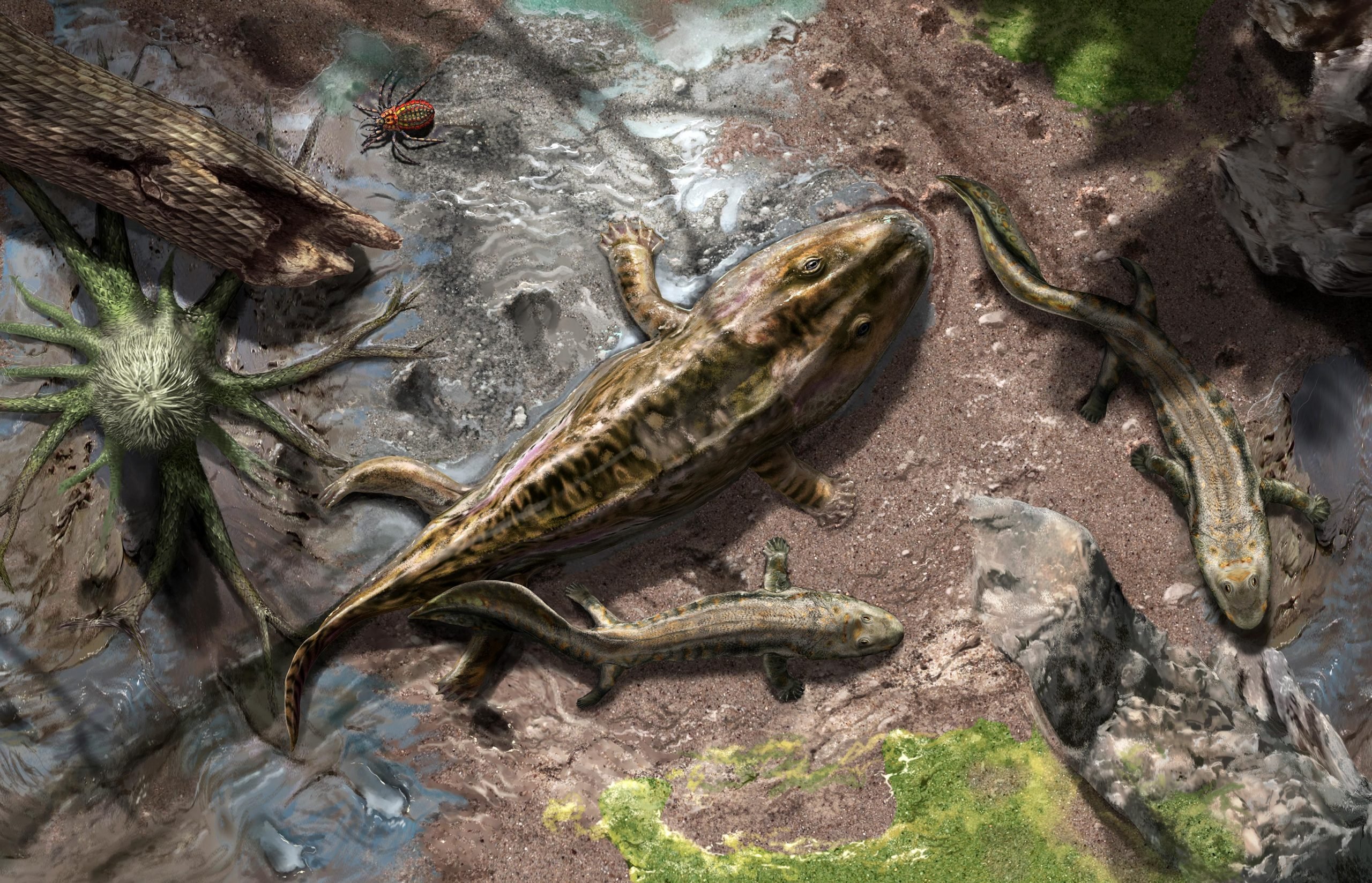 Source: scitechdaily.com
Source: scitechdaily.com
These lobe fins covered with flesh were ripe for adapting into limbs. A scientist finds several hundred fish fossils in the dessert. However they also had lungs that they used to breathe oxygen. At that split the animal still looks more like a fish than it does a four-legged animal coming onto land. A new study out today suggests that the shift to lungs and limbs doesnt tell the full story of these creatures transformation.
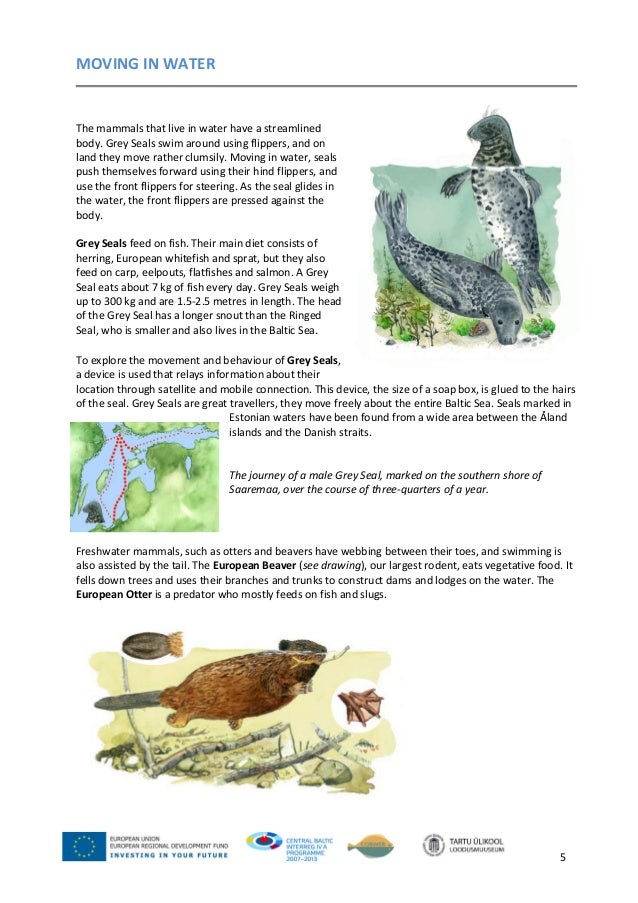 Source: slideshare.net
Source: slideshare.net
Over time some of these digits were lost leading to animals with seven digits then six and then five which is the common condition now seen in living tetrapods. As these animals evolved to live on land other changes in the rest of their bodies evolved. The area was once covered by a glacier. This evidence best supports which of the following scientific ideas. AThe fish were left by predatory animals.
 Source: mdpi.com
Source: mdpi.com
The first animals to get close to walking on land had eight digits on each limb. Life on Earth began in the water. The fish were left by predatory animals. Some species evolved rapidly to adapt to major changes in their environment. Scientists know how the fins of fish transformed into the limbs of tetrapods but controversies remain about where and how the earliest tetrapods used their limbs.
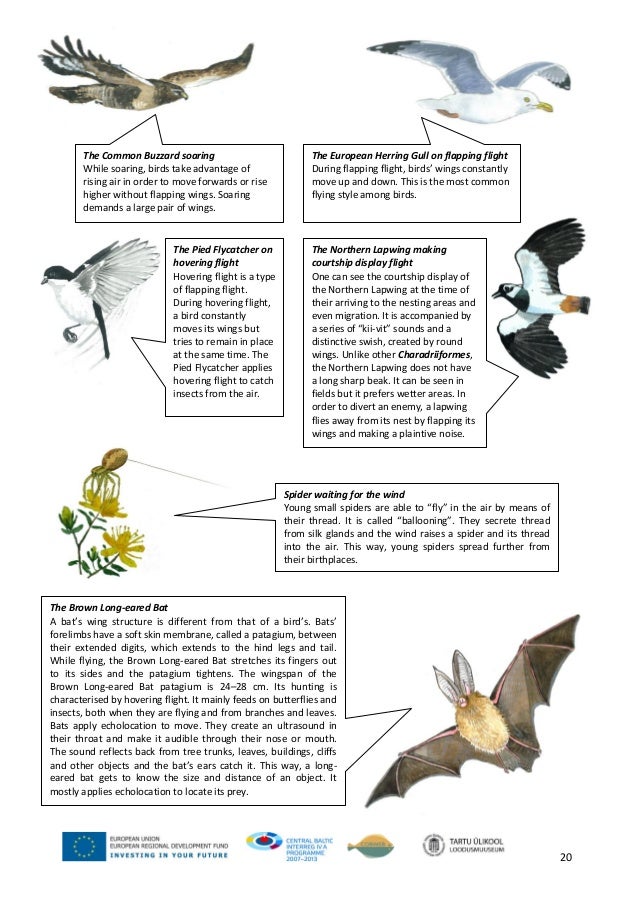 Source: slideshare.net
Source: slideshare.net
Tetrapods evolved from a group of organisms that if they were alive today we would call fish. Its fish-like tail fin would have been damaged by dragging on the. The first animals to get close to walking on land had eight digits on each limb. A fish called Tiktaalik that lived 375m years ago already had strong hind limbs even though it still lived in water. But if you look at the bones in its wrist or hands they become more and more developed down the line for terrestrial or land adaptation.

Its limbs and its wrist and ankle joints were too weak to bear its weight. This evidence best supports which of the following scientific ideas. But consider animals that have evolved right before our eyes. During that time there was a split a divergence between groups that became the ray-finned fish and those that were the lobe-finned fish. Its ribs were too short to prevent its lungs from being squeezed flat by its weight.
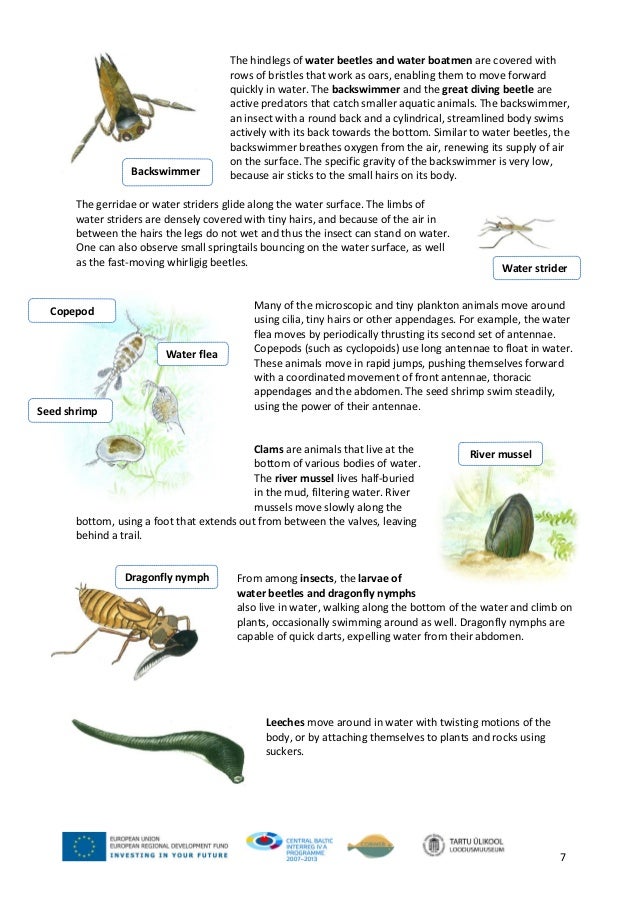 Source: slideshare.net
Source: slideshare.net
Cnidarians have fewer Hox genes than bilaterians. As the name implies these animals have meaty paddle-like fins instead of the flimsy rays of most modern day fish species. Placoderms were large predatory fish in the Devonian seas. Typical limb of the mammals birds reptiles and amphibians. Its fish-like tail fin would have been damaged by dragging on the.
 Source: slideshare.net
Source: slideshare.net
Its limbs and its wrist and ankle joints were too weak to bear its weight. Placoderms were large predatory fish in the Devonian seas. These animals are all descended from primitive amphibians whose immediate ancestors were fleshy-finned fish. Some species evolved rapidly to adapt to major changes in their environment. Cnidarians have fewer Hox genes than bilaterians.
 Source: researchgate.net
Source: researchgate.net
Life on Earth began in the water. Scientists know how the fins of fish transformed into the limbs of tetrapods but controversies remain about where and how the earliest tetrapods used their limbs. The degree and speed of change varies depending on environmental conditions and the amount of time between generations. All extant cnidarians including Nematostella are diploblastic. A new study out today suggests that the shift to lungs and limbs doesnt tell the full story of these creatures transformation.
 Source: alamy.com
Source: alamy.com
This evidence best supports which of the following scientific ideas. Its ribs were too short to prevent its lungs from being squeezed flat by its weight. Life on Earth began in the water. This evidence best supports which of the following scientific ideas. This evidence best supports which of the following scientific ideas.
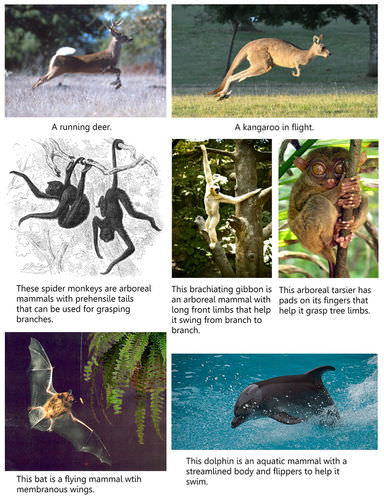
These animals are all descended from primitive amphibians whose immediate ancestors were fleshy-finned fish. But if you look at the bones in its wrist or hands they become more and more developed down the line for terrestrial or land adaptation. In the PLOS Biology article Development and Evolution of the Muscles of the Pelvic Fin scientists discuss how over time the muscles of ocean creatures were modified to let some animals walk on land. To the movement onto. Typical limb of the mammals birds reptiles and amphibians.
 Source: researchgate.net
Source: researchgate.net
At that split the animal still looks more like a fish than it does a four-legged animal coming onto land. So when the first animals moved onto land they had to trade their fins for limbs and their gills for lungs the better to adapt to their new terrestrial environment. Early ideas posited that drying-up-pools of water stranded fish on land and that being out of water provided the selective pressure to evolve more limb-like appendages to walk back to water. Cnidarian larvae possess anterior-posterior left-right and dorsal-ventral aspects. Life on Earth began in the water.
This site is an open community for users to share their favorite wallpapers on the internet, all images or pictures in this website are for personal wallpaper use only, it is stricly prohibited to use this wallpaper for commercial purposes, if you are the author and find this image is shared without your permission, please kindly raise a DMCA report to Us.
If you find this site convienient, please support us by sharing this posts to your favorite social media accounts like Facebook, Instagram and so on or you can also save this blog page with the title were left by predatory animals the fish evolved limbs for land movement by using Ctrl + D for devices a laptop with a Windows operating system or Command + D for laptops with an Apple operating system. If you use a smartphone, you can also use the drawer menu of the browser you are using. Whether it’s a Windows, Mac, iOS or Android operating system, you will still be able to bookmark this website.